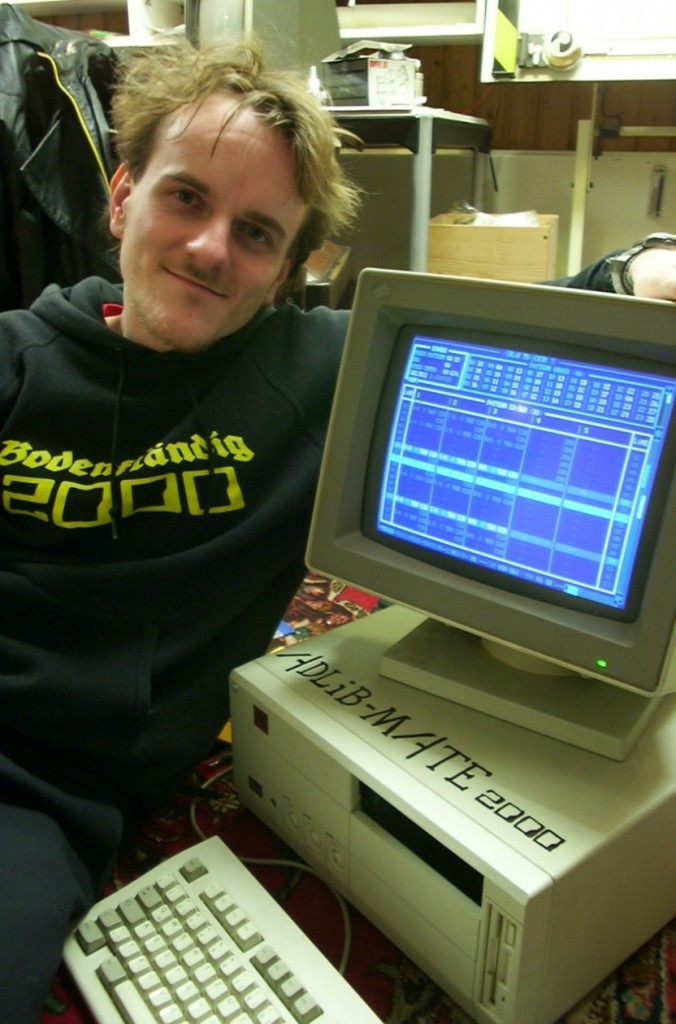Join us on July 7, 2016 at 4:00 pm in the MacMillan Education Center at the Smithsonian American Art Museum to hear Dragan Espenschied, Rhizome’s Digital Conservator, speak about his work.
The preservation and re-staging of artworks created for computers and networked computers has proven challenging for collection caretakers. “Software” seems to be abundant and fluid outside of memory institutions, upon entering it appears scarce and incredibly complicated. However, taking some hints from digital culture and computer science can lead to developing useful abstractions for preservation, different from science fiction ideas of edged nickel plates and digital vellum.
Dragan Espenschied (1975 Germany) is a media artist, home computer folk musician, digital culture researcher and conservator. As an artist, Espenschied focuses on the historization of Digital Culture from the perspective of users rather than hackers, developers or “inventors.” Together with net art pioneer Olia Lialina he created a significant body of work concerned with representing and writing a culture-centric history of the networked age. They together have been restoring and culturally analyzing 1 TB of GeoCities data. Espenschied worked with the transmediale’s archive and the Vilem Flusser Archive to conceptually and technically integrate large scale emulation while working at the University of Freiburg and the University of Applied Arts in Karlsruhe. Publications include papers on large scale curation of complex digital artifacts, emulation and digital culture, the influential reader Digital Folklore as well as music releases on Aphex Twin’s label Rephlex. Since April 2014, he is leading the Digital Conservation Program at the internet arts organization Rhizome, introducing a practice-based approach to preserving the institution’s collection and the ingest of new artifacts.
